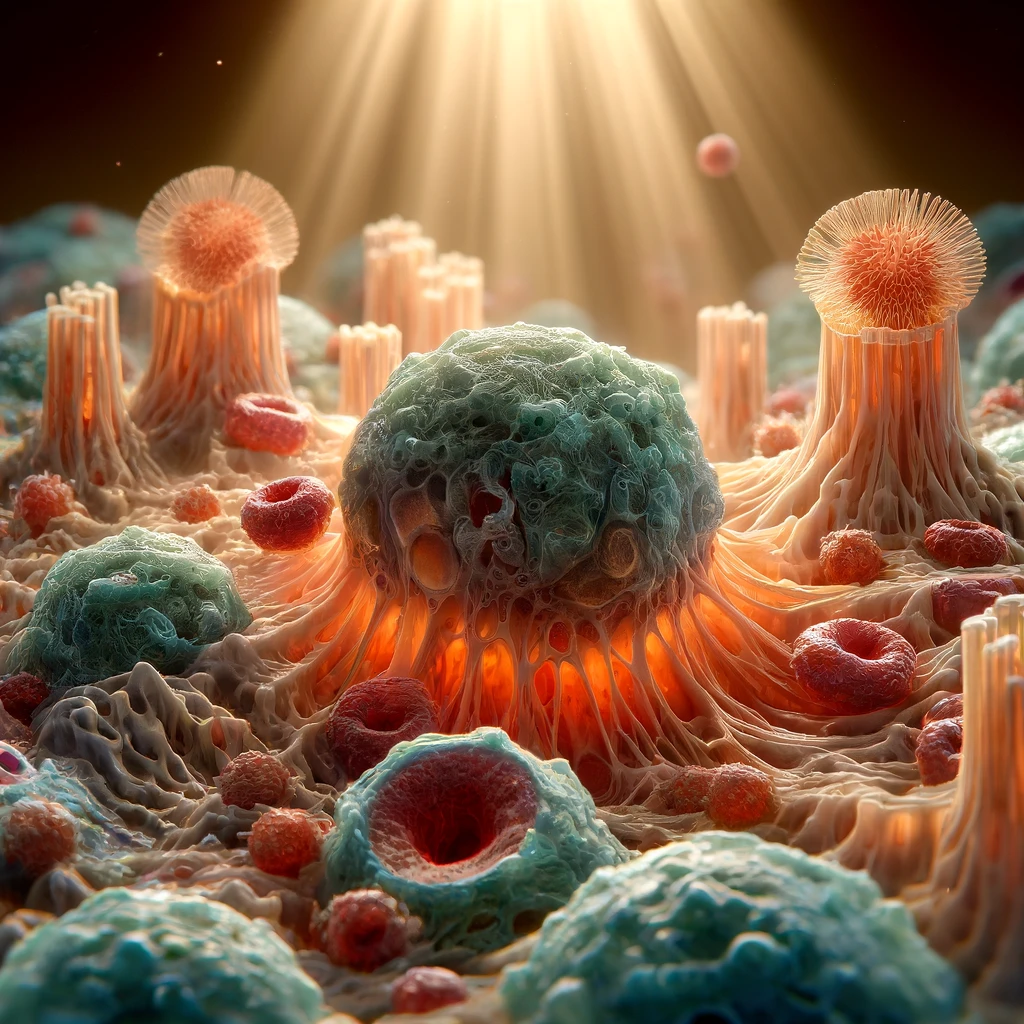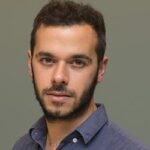
À propos
During his doctoral training, Dr. Bajenoff gained expertise in the anatomy of lymphoid organs and T cell responses, uncovering how lymph-borne dendritic cells strategically position themselves around lymph node (LN) high endothelial venules to efficiently screen blood-derived T cells. After receiving a competitive fellowship from the French National Institute of Health and Medical Research (INSERM), he pursued post-doctoral studies with Prof. R. Germain and Prof. N. Glaichenhaus at the National Institutes of Health (NIH). Under Prof. Germain’s guidance, he pioneered the use of two-photon intravital imaging to analyze the role of stromal elements in lymphoid tissues. These studies revealed that T and B cells migrate along distinct stromal networks—Fibroblastic Reticular Cells (FRCs) in T cell areas and Follicular Dendritic Cells (FDCs) in B cell zones—challenging the prevailing notion of random lymphocyte migration and providing a new view of how immune cells navigate organized lymphoid tissues. In parallel, he also investigated NK cell dynamics within LNs, and contributed several reviews during this period.
In 2006, he returned to France and joined the Institut de Pharmacologie Moléculaire et Cellulaire (Valbonne), further exploring the immunological functions of stromal cells. In 2009, he was awarded a Young Investigator fellowship from the French National Research Agency (ANR) and moved to the Centre d’Immunologie de Marseille Luminy (CIML), where he established the Immunobiology of Stromal Cells group in 2010. Since then, his research has focused on how stromal cells shape immune responses, with increasing emphasis on their interactions with macrophages across tissues in homeostasis, infection, and cancer.
His laboratory has made several key contributions, including uncovering the role of high endothelial venules as traffic control points for lymphocyte homeostasis (Blood, 2011); identifying thymic stromal functions in thymocyte motility (J. Immunol, 2011); discovering a novel stromal cell type regulating inflamed B cell follicles (PLoS Biol, 2013); defining renewal strategies of Langerhans cells using fate mapping (J. Exp. Med, 2013); revealing the origin and dynamics of FDCs (J. Exp. Med, 2014); deciphering mechanisms of LN vascular remodeling (Immunity, 2016); characterizing a new LN macrophage population (Immunity, 2017); demonstrating the dual origin of mast cells and dendritic epidermal T cells (Immunity; J. Exp. Med, 2018); identifying new stromal functions in LN immunity (J. Exp. Med, 2018); and mapping macrophage niches in lymph nodes, spleen, and vasculature (Immunity, 2019, 2020, 2024).
Over his career, he has secured more than €8 million in competitive research funding and published 60 peer-reviewed articles in journals such as Immunity, J. Exp. Med, PLoS Biology, and Blood, including 19 as last author.
Projets
Project : Myfunbat Le projet vise à définir la diversité et les fonctions des macrophages du tissu adipeux brun (BAT), […]

Project : Endopos Le projet EndoPos explore le rôle de l’enzyme GDPD2, produite notamment par les fibroblastes de la pulpe […]

Project : Path Finder Ce projet vise à caractériser le développement spatio-temporel des cellules dendritiques de type I (cDC1) dans […]

Project : T-MAC Le projet T-MAC vise à comprendre comment les macrophages testiculaires et leurs niches contribuent au maintien de […]

Project : NICHE Le projet NICHE explore le concept selon lequel les macrophages (Mac) dépendent de niches locales formées par […]

Project : UNFIRE Autres participants: Ciphe (Ana Zarubica), Hospices Civils de Lyon et CIRI (Sophie Trouillet-Assant, Thierry Walzer), équipe CoVir […]






